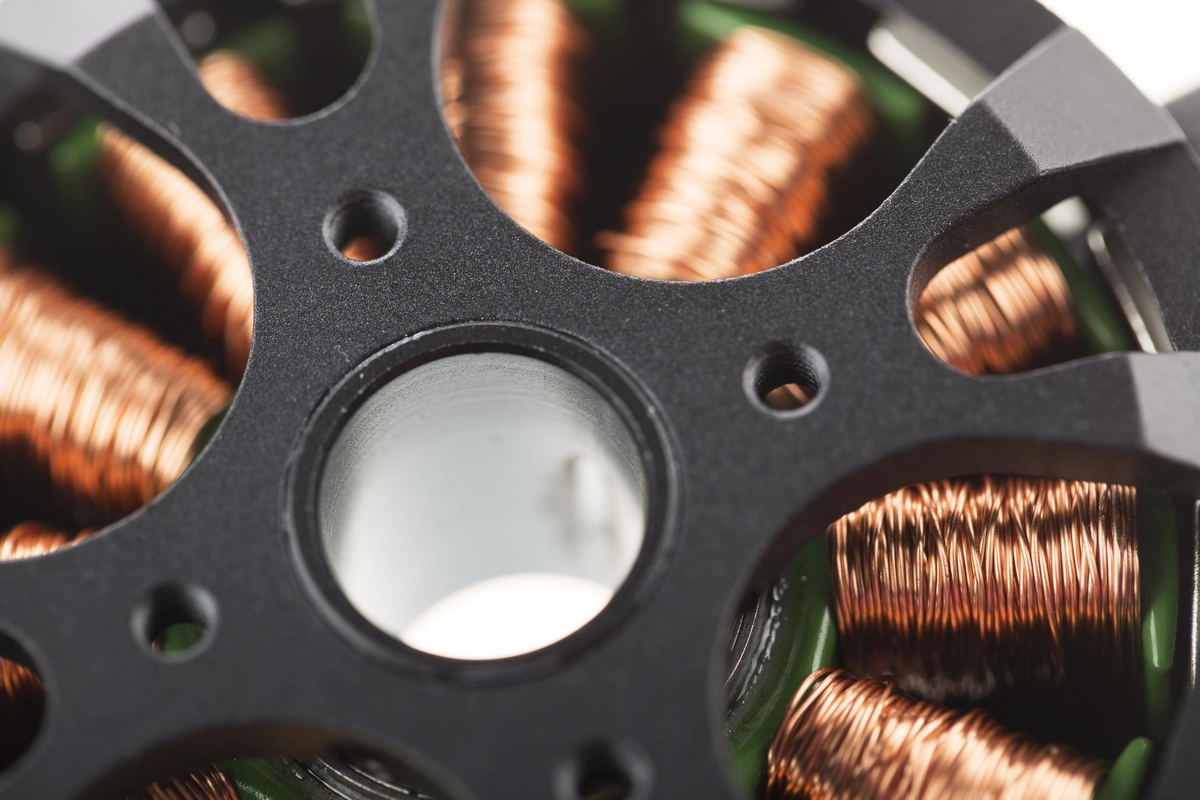
The advent of direct drive technology in the realm of household appliances has revolutionized the way we perceive mechanical efficiency and reliability. In the washing machine industry, the integration of direct drive motors has been a significant leap forward, offering consumers enhanced performance and durability. This essay provides a detailed exploration of direct drive motors within washing machines, elucidating their operational principles, advantages, and their impact on the evolution of laundry appliances.
A direct drive motor is an electromechanical device that transmits power directly to its load without any intermediate components, such as belts, chains, or gearboxes. In the context of washing machines, this means that the motor is directly attached to the drum, causing it to rotate and thus, wash the clothes.
Direct drive motors in washing machines are typically brushless DC motors (BLDC) or permanent magnet synchronous motors (PMSM). These motors operate on the principle of magnetic fields generated by electrical currents, which interact with permanent magnets to produce motion. The direct coupling of the motor to the drum allows for precise control of the drum's movements, which is essential for the various washing cycles.
By eliminating the need for belts or pulleys, direct drive motors reduce energy losses typically associated with friction and slippage in conventional belt-driven systems. This direct transmission of power ensures that the motor's efficiency is maximized, leading to lower energy consumption and cost savings.
Direct drive motors have fewer moving parts, which reduces the potential for mechanical failure. The absence of belts, which can wear out and break, means that direct drive washing machines often have a longer lifespan and require less maintenance.
Direct drive technology contributes to a quieter operation. The direct coupling of the motor to the drum reduces vibration, which in turn decreases the noise level during the wash cycle. This makes direct drive washing machines ideal for use in environments where noise minimization is valued.
The motor's direct connection to the drum allows for precise control over the washing machine's cycles. This precise control enables a variety of washing motions tailored to different fabric types and soil levels, resulting in better wash quality and fabric care.
The design of direct drive washing machines often requires a more robust and sophisticated motor due to the increased demands placed on it. Manufacturers must ensure that the motor is capable of handling variable loads and that it is properly integrated into the washing machine's design for optimal performance.
The implementation of direct drive technology in washing machines has led to a range of consumer benefits, including lower operating costs, reduced maintenance, and a better overall user experience. These factors have contributed to the growing popularity of direct drive washing machines in the market.
Direct drive motors represent a significant innovation in the design and functionality of washing machines. By directly coupling the motor to the drum, manufacturers have achieved a system that is not only more efficient and reliable but also offers superior performance with a variety of washing options. The reduction in noise and vibration, coupled with the potential for energy savings and enhanced durability, makes direct drive washing machines a compelling choice for consumers seeking the latest in home appliance technology. As the industry continues to evolve, the direct drive motor stands as a testament to the relentless pursuit of efficiency, functionality, and user-centric design in household appliances.
Leave A Comment